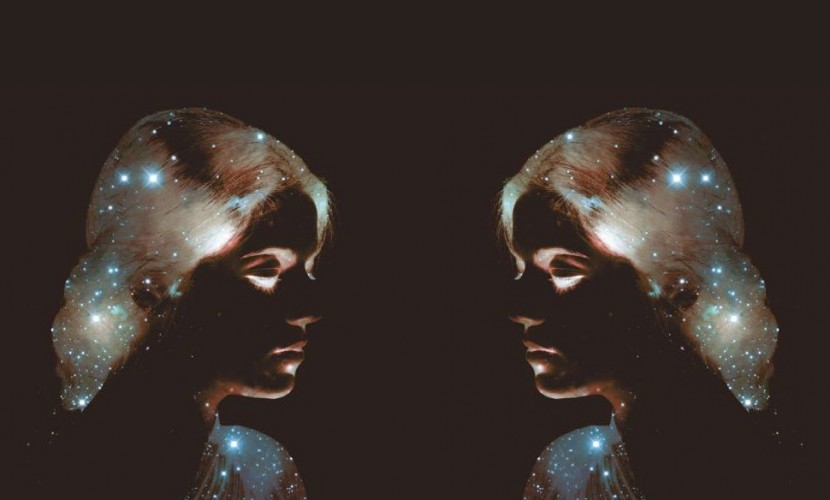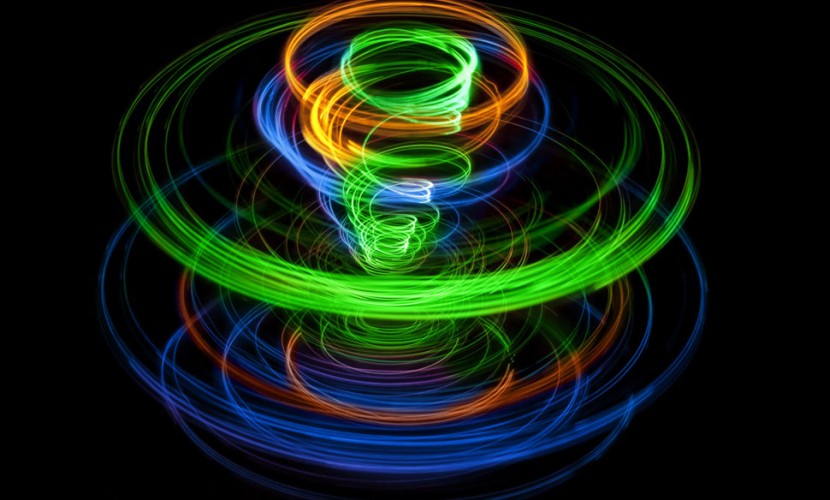by Ravi Khanna “Science & Spirituality in Modern India” Feb. 5 – 7, 2006 The Big Picture for the Science of Consciousness INTRODUCTION The western study of consciousness has progressed very rapidly in the last century but it is still stuck in the mould of mind – body dualism. This is best brought out in the words of a recent Time magazine quote [1]…. “If you close your eyes and think about it for a while, as philosophers have done for centuries, the world of the mind seems very different from the one inhabited by our bodies. The psychic space inside our heads is infinite and ethereal; it seems obvious that it must be made of different stuff than all the other organs. Cut into the body, and blood pours forth. But slice into the brain, and thoughts and emotions don’t spill out onto the operating table. Love and anger can’t be collected in a test tube to be weighed and measured. René Descartes, the great 17th century French mathematician and philosopher, enshrined this metaphysical divide in what came to be known in Western philosophy as mind-body dualism. Many Eastern mystical traditions, contemplating the same inner space, have come […]
As I switched off the television in my study and rendered the popular K-serial back into the electromagnetic ether, I wondered to myself – was this what the Vedic rishis alluded to by the word māyā . Just as I was able to turn off the sound and light interplay with a little pressure on my remote, I thought to myself – is this what’s going to happen to my five senses some day – but then where is the remote and who has the finger on the button, my button? That this world is ephemeral I believe, but that it is all an illusion I do not accept – there must be more to this māyānvī universe, or should I say multiverse in Ken Wilber’s terminology. With such heavy thoughts I first illumined my desk and then turned to various scholars for help. Māyā is derived from the root √mā in Sanskrit that literally means to measure, to form, to limit . According to the Hindu philosophy all that we observe through our senses falls into this realm of measurability and determination, giving rise to the multiplicity of creation. The oldest of the Vedas the Rig Veda gives Lord Indra […]
Māyā [1] is derived from the root √ma : means – to measure, to form, to limit . In the Vedāntic tradition it means specifically , “the illusion superimposed upon reality as an effect of ignorance.” Later Śankara describes the entire visible cosmos as māyā, an illusion superimposed upon true being by man’s deceitful senses & unilluminated mind [3]. The Nirukta [4] (2.8) first relates the root √ma to mātā which means “the atmosphere” encircling the earth. This also means the “mother’s womb” in it the ātmā : soul takes shape and form and is born in this world. The womb ensconces the ātmâ : self. Similarly the atmosphere covers the earth. Literally, therefore, mātā means “ a vast region encompassed by air” and the mother’s womb is the soul’s passage into this world of māyā . Here it is nurtured, develops into a fœtus and takes on the human shape and size – ready for its earthy experiences. What is this māyānvi world that the soul now enters ? – the answer is best given by excerpting from Heinrich Zimmer [5] :- Māyā is the measuring out, or creation, or display of forms; māyā is any illusion, trick, artifice, […]


